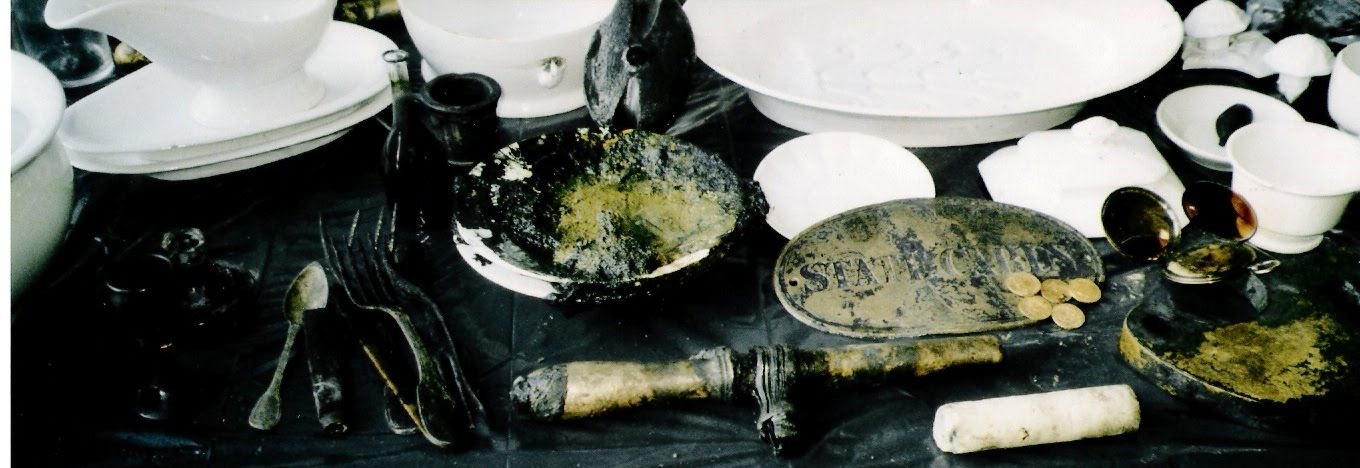Dr Bik -
There were warning flags about potentially faulty cement up to a month before the Macondo well blowout—Halliburton apparently did four tests on the cement and THREE indicated the mixture would fail (if something has 75% chance of failure, isn’t that a BAD sign?!?!).
BP supposedly knew about this information from Halliburton’s report, but neither company appeared to do anything about this information. This is an important finding because if Halliburton is directly at fault it may have to shoulder some of the clean-up costs—not surprisingly, this caused a bit of a dip in share prices (understatement. ‘plummet’ is much more appropriate).
Since they were given cement that only had a 25% chance of working, rig workers should have noticed something was up when they were sealing up the well. Several negative pressure tests showed up to 1400 psi of force still on the drill pipe (a sealed well should have shown no upward pressure), but BP and transocean rig workers declared it successful.(Maybe because the number “1400″ has two zeros in it? Are they just really bad at simple math? Is BP going to argue that our failing public schools were really the underlying cause of the oil spill?). Note: the pressure test was the ONLY TEST they used to tell if the well had sealed.
Wouldn’t you want to pay REALLY CLOSE attention to this ONE data point? No one is still sure how this information was lost (viscous ‘spacer’ fluid could have given false positive readings), and no warnings were voiced in communications between the rig and engineers in Houston.
In any case, the Times-Picayune notes that “BP created additional, unnecessary risk by removing drilling mud and surface plugs that should have acted as barriers against gas blowing out”On the positive (?) side, the Oil Spill Commission doesn’t think that BP was trying to adopt dodgy cost-cutting measures by lowering their safety standardsRead more...Posted via http://batavia08.posterous.com batavia08's posterous
.jpg)
No comments:
Post a Comment